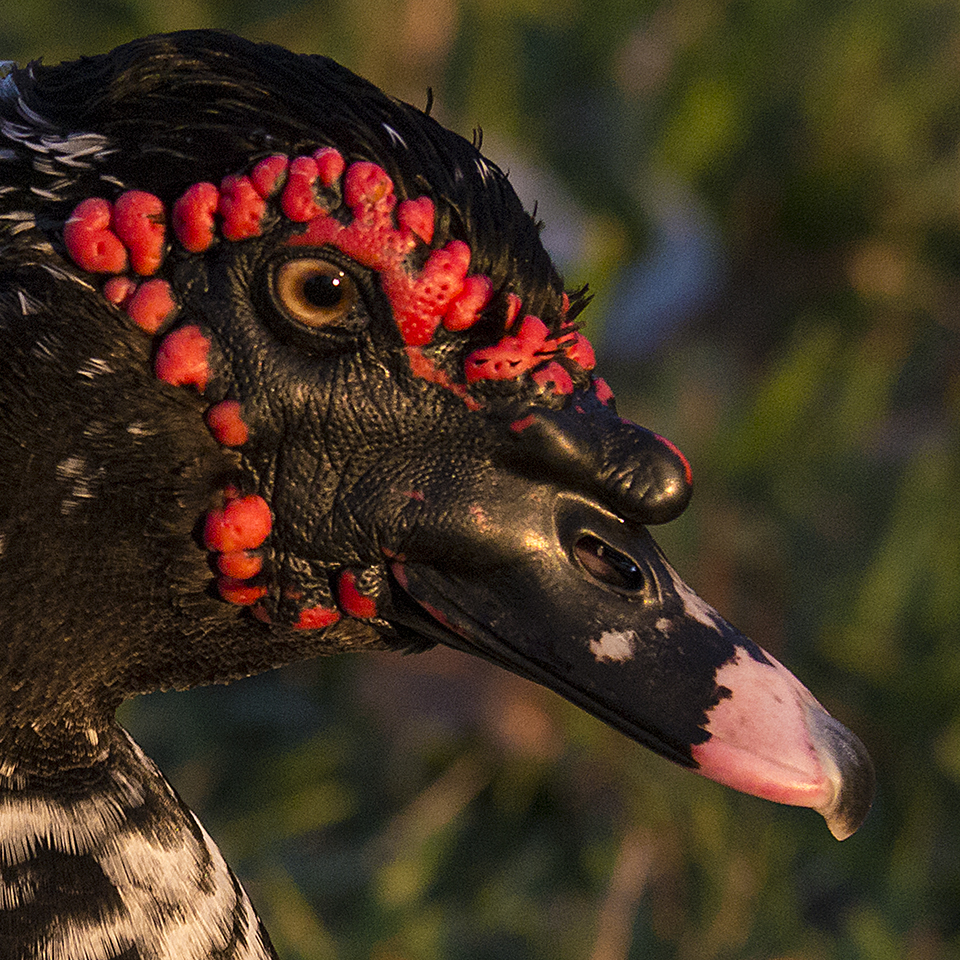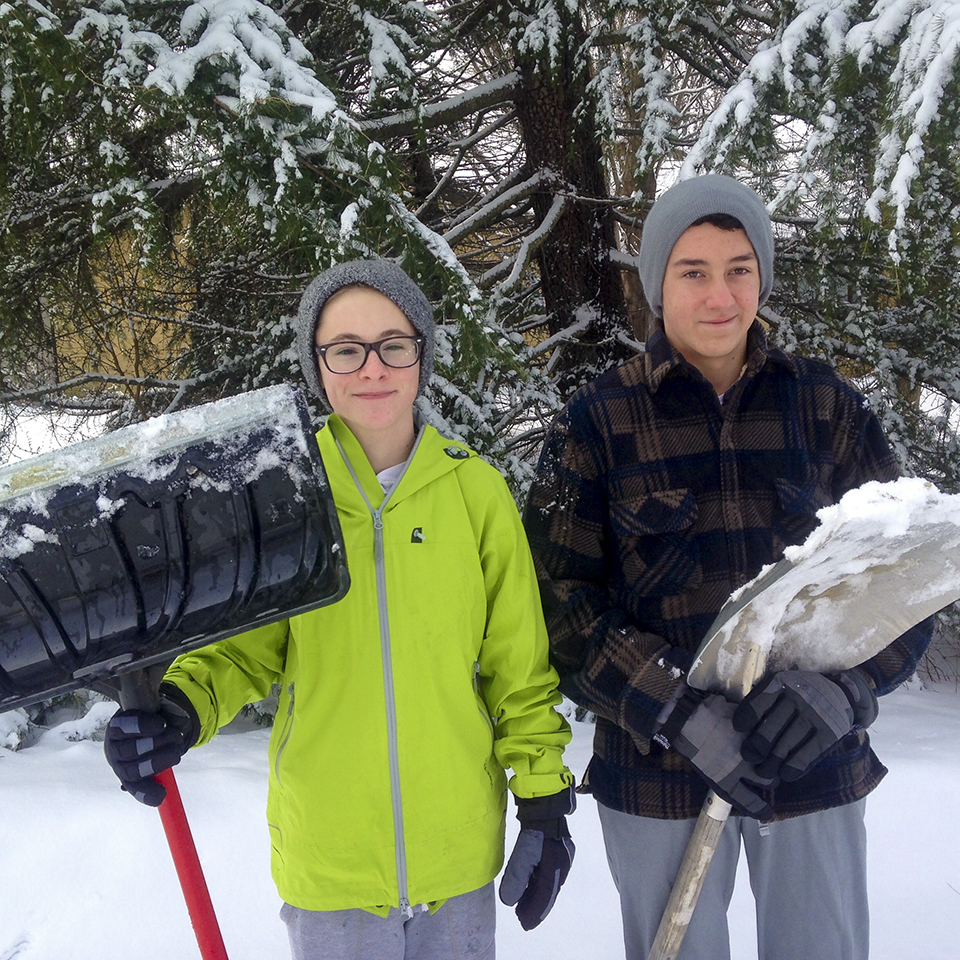When Twitter first appeared, I felt like many others that I did not need to know how someone I was following was enjoying breakfast. But my views have changed.
Now, I tweet almost daily, and each tweet has an image attached. What these tweets have become is a visual diary of images that are special to me and I want to publish. Publishing is the key here.
On this page, I have included only pictures from tweets from the last month. I have published 18 others during the month, but the images selected here show the variety of my subject matter.
In my career, photography was a way to share experiences with an audience, and publishing in National Geographic magazine guaranteed millions of viewers worldwide.
In the global, networked community of today, the Internet is a nascent communications tool, which provides expanding opportunities for us to share information and experiences. We have the opportunity to re-define how stories are communicated or published; hence, the visual diary.
There are many ways to use social media to publish. Facebook, blogs, Twitter, Instagram, YouTube, Snapchat, and Vine are some of the current opportunities. As a photographer, I need to use those that feature photography as an integral part of the published piece.
Following is how I determine the best way to communicate my work.
Twitter. As explained above, this is for daily photography, some of it quite pedestrian, but I try to make it interesting. Many but not all of my tweets are taken with my smart phone. The captions need to be succinct, which is a good thing. I use many hashtags that increase the distribution of the tweet.
Instagram. I publish some of my better images here, usually timing them with specific events. As a member of The Photo Society, my Instagrams have over a million followers, and more than 15,000 likes (not looks, likes!). The qualities of the images on this site are exceptional, and I try to have comparable pictures up as Instagrams. Sometimes I also publish them tweets.
I use Facebook to let people know what I am up to. My tweets are automatically republished there, and because of this, I post often.
My YouTube channel is filled with themed slideshows of images from around the world – Patagonia. Venice, Peru, Tanzania – as well as workshops where student work is featured.
I have a monthly newsletter where I explore photographic subjects of interest. You can sign up for it on this page.
My blog (you are reading one) about many things, from instructional tutorials to items such as photographic exhibits that I have recently seen.
I have turned Twitter into my daily visual diary, I find that it keeps me alert to the world around me, and through my images I try to make sense of it all.
















